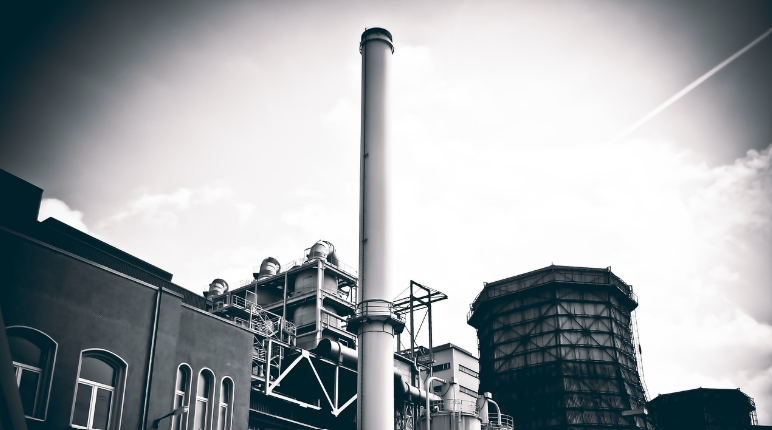Financial Ecosystem Under Pressure
The structure of energy finance is evolving. Private corporations remain the dominant investors, accounting for nearly three-quarters of total energy investment. But households are also playing a growing role, particularly in advanced economies, where they have driven over 40% of the growth in clean energy spending since 2016. This surge is fueled by demand for electric vehicles (EVs), rooftop solar, and energy-efficient appliances.
Yet, higher interest rates, inflation, and declining fiscal space have dampened public and private appetite for clean energy spending in 2023. Sustainable debt issuance fell by 14% compared to 2022, and inflows to ESG-related funds stagnated. In the United States, ESG investment has come under political scrutiny, further weakening investor confidence. Even in Europe, the heartland of sustainable finance, fund managers are re-evaluating strategies.
Development finance institutions (DFIs) remain underutilized. Although they can de-risk projects and attract private capital in EMDEs, DFIs account for just 1% of total energy finance. Most DFI support comes in the form of debt, often in hard currency, which amplifies currency risk and limits accessibility for low-income countries. Equity and grant-based support remains extremely limited, hindering the development of bankable clean energy projects.
Fossil Fuels Still Command Significant Capital
Despite the surge in clean energy, fossil fuels continue to attract major investment. Upstream oil and gas investment is projected to rise to USD 570 billion in 2024, up 7% from the previous year. This increase is primarily driven by national oil companies (NOCs) in the Middle East and Asia, which now account for over 40% of global upstream spending. Most of this investment targets short-cycle, low-cost projects that can weather demand uncertainty.
Meanwhile, liquefied natural gas (LNG) is experiencing a new wave of expansion. Recently sanctioned projects, mainly in the United States and Qatar, are expected to boost global LNG capacity by 50% by 2030. However, many of these new volumes lack committed end-users, raising concerns about market oversupply in the latter half of the decade.
Coal, too, is witnessing a surprising resurgence. Over 50 GW of unabated coal-fired power generation was approved in 2023—the highest since 2015—and nearly all of it was in China. Investment in coal supply is projected to surpass USD 160 billion in 2024, with India and Indonesia also increasing domestic coal production to meet short-term demand.
In contrast, low-emissions fuels such as hydrogen and sustainable bioenergy remain underfunded. Hydrogen investment, while set to grow by 140% in 2024, still accounts for only a fraction of fossil fuel spending. Investment in carbon capture, utilization, and storage (CCUS) is rising, but remains highly concentrated in a few high-income countries.







